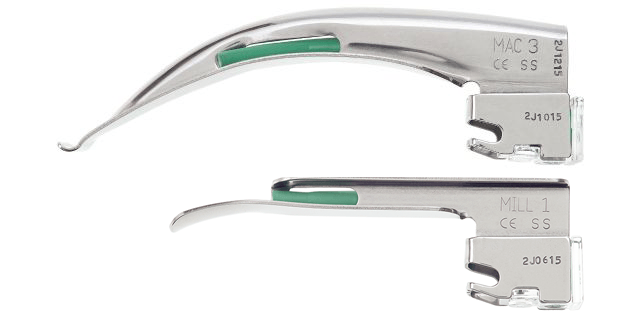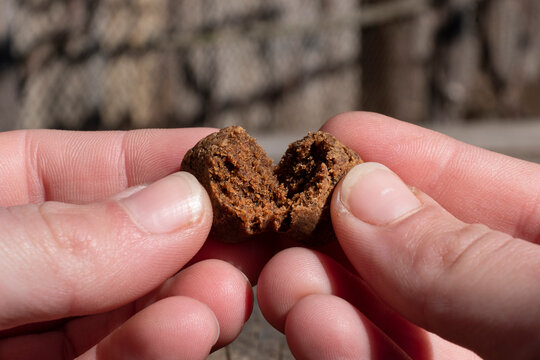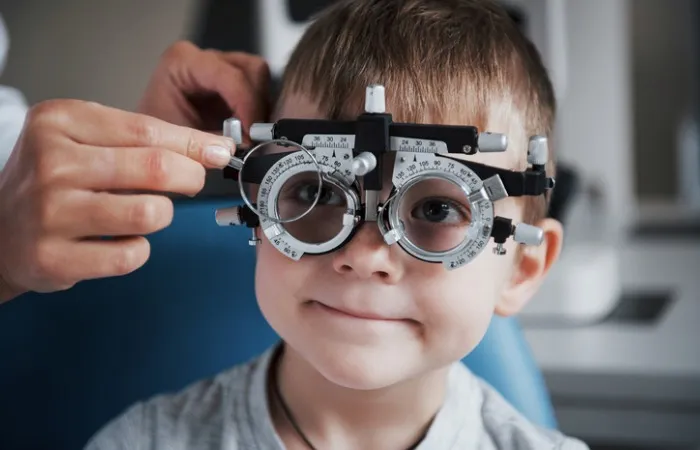How You Can Clean and Disinfect Laryngoscope Blade

A laryngoscope blade is an essential medical tool used for intubation and airway management. Since it comes in direct contact with a patient’s oral cavity and airway, proper cleaning and disinfection are crucial to prevent cross-contamination and infections. Ensuring that a laryngoscope blade is thoroughly cleaned and disinfected not only improves patient safety but also extends the lifespan of the equipment. In this article, we will explore the proper steps to clean and disinfect a laryngoscope blade effectively.
Why Cleaning and Disinfection Are Important
Medical equipment, including the laryngoscope blade, can harbor bacteria, viruses, and other pathogens if not properly maintained. Failure to clean and disinfect the blade correctly may lead to healthcare-associated infections (HAIs). Additionally, residual organic material on a blade can reduce the effectiveness of disinfectants. Therefore, following proper cleaning protocols is essential for patient safety and equipment efficiency.
Step 1: Pre-Cleaning the Laryngoscope Blade
Pre-cleaning is the first step in the disinfection process. It involves removing visible contaminants, such as blood, mucus, and tissue residue, immediately after use.
Steps for Pre-Cleaning:
- Wear appropriate personal protective equipment (PPE), including gloves and eye protection.
- Rinse the laryngoscope blade under running water to remove any debris.
- Use a soft brush or sponge with a mild detergent to gently scrub the surface.
- Ensure that all crevices and joints are thoroughly cleaned to remove organic matter.
- Rinse the blade thoroughly with clean water to remove any detergent residue.
Step 2: Disinfection Process
Disinfection is crucial to eliminate pathogens that may not be removed during the pre-cleaning step. There are different levels of disinfection, depending on the method used.
Low-Level Disinfection:
- This method is suitable for non-critical equipment that only comes in contact with intact skin.
- Use an EPA-approved disinfectant wipe or spray.
- Wipe the laryngoscope blade thoroughly, ensuring all surfaces are covered.
- Allow the disinfectant to sit for the recommended contact time before wiping off excess residue.
Intermediate-Level Disinfection:
- Used for semi-critical devices that come into contact with mucous membranes but do not penetrate sterile tissue.
- Submerge the laryngoscope blade in an appropriate disinfectant solution, such as isopropyl alcohol or a phenolic disinfectant.
- Follow the manufacturer’s recommended soaking time.
- Rinse the blade with sterile water and allow it to air dry.
High-Level Disinfection (HLD):
- Required for reusable blades that are used in invasive procedures.
- Common methods include chemical sterilization with glutaraldehyde or hydrogen peroxide solutions.
- Ensure proper ventilation while handling high-level disinfectants.
- After disinfection, rinse the laryngoscope blade with sterile or distilled water to remove chemical residues.
Step 3: Sterilization (If Required)
In some medical settings, sterilization is necessary, especially for reusable blades. Methods of sterilization include:
- Autoclaving: Uses high-pressure steam to eliminate all microbes.
- Ethylene Oxide (EtO) Gas: Suitable for heat-sensitive materials.
- Hydrogen Peroxide Plasma: A low-temperature sterilization method.
- Dry Heat Sterilization: Uses high-temperature air to sterilize equipment.
Step 4: Proper Storage
After cleaning and disinfecting the laryngoscope blade, it is essential to store it correctly to prevent recontamination.
- Use a clean, dry container or pouch for storage.
- Keep the blade in a designated area free from dust and contaminants.
- Regularly inspect stored blades to ensure they remain in a clean and usable condition.
Best Practices for Maintaining a Laryngoscope Blade
- Always clean and disinfect the laryngoscope blade immediately after use to prevent the buildup of contaminants.
- Follow the manufacturer’s guidelines for cleaning and disinfecting specific blade materials.
- Use only approved disinfectants and sterilization methods to avoid damage to the blade.
- Train medical personnel on proper cleaning protocols to ensure compliance with safety standards.
Conclusion
Cleaning and disinfecting a laryngoscope blade is a critical step in preventing infections and ensuring patient safety. Following the correct procedures for pre-cleaning, disinfection, and sterilization can help maintain the effectiveness and longevity of the equipment. By adhering to best practices, healthcare professionals can ensure that each laryngoscope blade is safe and ready for use in every medical procedure.





